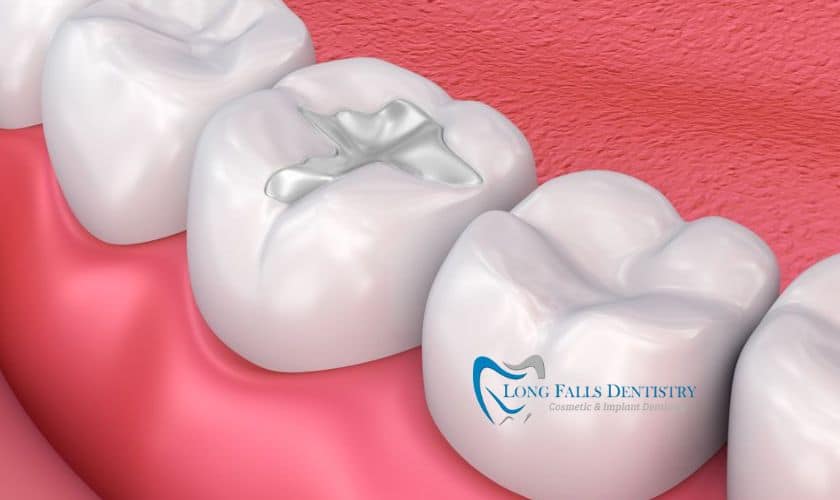A tooth filling is an affordable and effective way to restore teeth that have been damaged from cavities or wear and tear over time. It helps protect the tooth from further damage so it can last longer. Tooth fillings also help relieve pain from toothaches caused by cavities or decay in the tooth enamel. They are available in a variety of materials, from tooth-colored composite fillings to silver amalgam fillings.
Types of Tooth Fillings
When deciding which type of tooth filling is right for you, it’s important to consider the different types available. Here are some of the most popular tooth filling types and their advantages and disadvantages.
1: Composite Fillings
Composite tooth fillings are made from tooth-colored resin that can be matched to your natural tooth color. This makes them virtually invisible when placed in the mouth. They are also very durable and can last up to 10 years or more with regular brushing and flossing habits. The downside is that they require more tooth enamel to be removed than other tooth fillings, and they can also be more expensive.
2: Silver Amalgam Fillings
Silver amalgam tooth fillings are made from a blend of metals that have been combined with mercury in order to strengthen the material. These fillings are strong and relatively inexpensive compared to other tooth-filling options. However, silver amalgam tooth fillings can often be visible when smiling or speaking, so they may not be the best choice for those looking for a more discreet option.
3: Porcelain Fillings
Porcelain tooth fillings are custom-made dental restorations that closely match your natural teeth in color, shape, and size. They are designed to be more durable than composite tooth fillings and require less tooth enamel to be removed. However, porcelain tooth fillings can also be more expensive than other tooth filling options.
Benefits of Tooth Fillings
In addition to restoring the tooth’s function, tooth fillings offer a variety of benefits for your oral health. Here are some of the most common advantages associated with dental fillings:
1: Improved Aesthetics
Tooth fillings can improve the appearance of teeth that have been damaged from decay or wear and tear over time. Depending on the type of tooth filling you choose, they can also help restore missing tooth structure and provide a tooth-colored result that blends in with your natural tooth color.
2: Reduced Pain
Tooth fillings can also help relieve toothache pain caused by cavities or tooth decay. By filling the cavity, they stop the spread of decay and prevent further damage to the tooth.
3: Improved Strength
By reinforcing weakened teeth, tooth fillings can help improve their strength and reduce the risk of further damage down the road. This helps to ensure that your teeth will stay healthy for many years to come.
Cost of Tooth Fillings
The cost of tooth fillings varies depending on the type of dental work needed and the type of tooth filling material used. Generally, tooth fillings range from around $50 to several hundred dollars. It’s important to discuss the cost with your dentist before deciding on a tooth-filling treatment.
Conclusion
Tooth fillings are an effective and affordable way to restore teeth that have been damaged from cavities or wear and tear over time. They can help relieve toothache pain and improve the strength of weakened teeth, while also improving their appearance with tooth-colored materials. There are several types of tooth fillings available, including composite tooth fillings, silver amalgam tooth fillings, and porcelain tooth fillings. The cost of tooth fillings will depend on the type of dental work needed as well as the type of tooth filling material used.
FAQs:
A: Tooth fillings are used to restore small areas of tooth decay, while tooth crowns are caps that cover the entire tooth. They provide more tooth structure protection than tooth fillings, but they also require more tooth enamel to be removed in order to fit them over the tooth.
A: The average lifespan of a tooth filling is around 10 years, but it may vary depending on the type of dental work needed and your oral hygiene habits.
A: Getting a tooth filling is generally safe and complications are rare. However, it’s important to discuss any possible risks with your dentist before getting the treatment.


